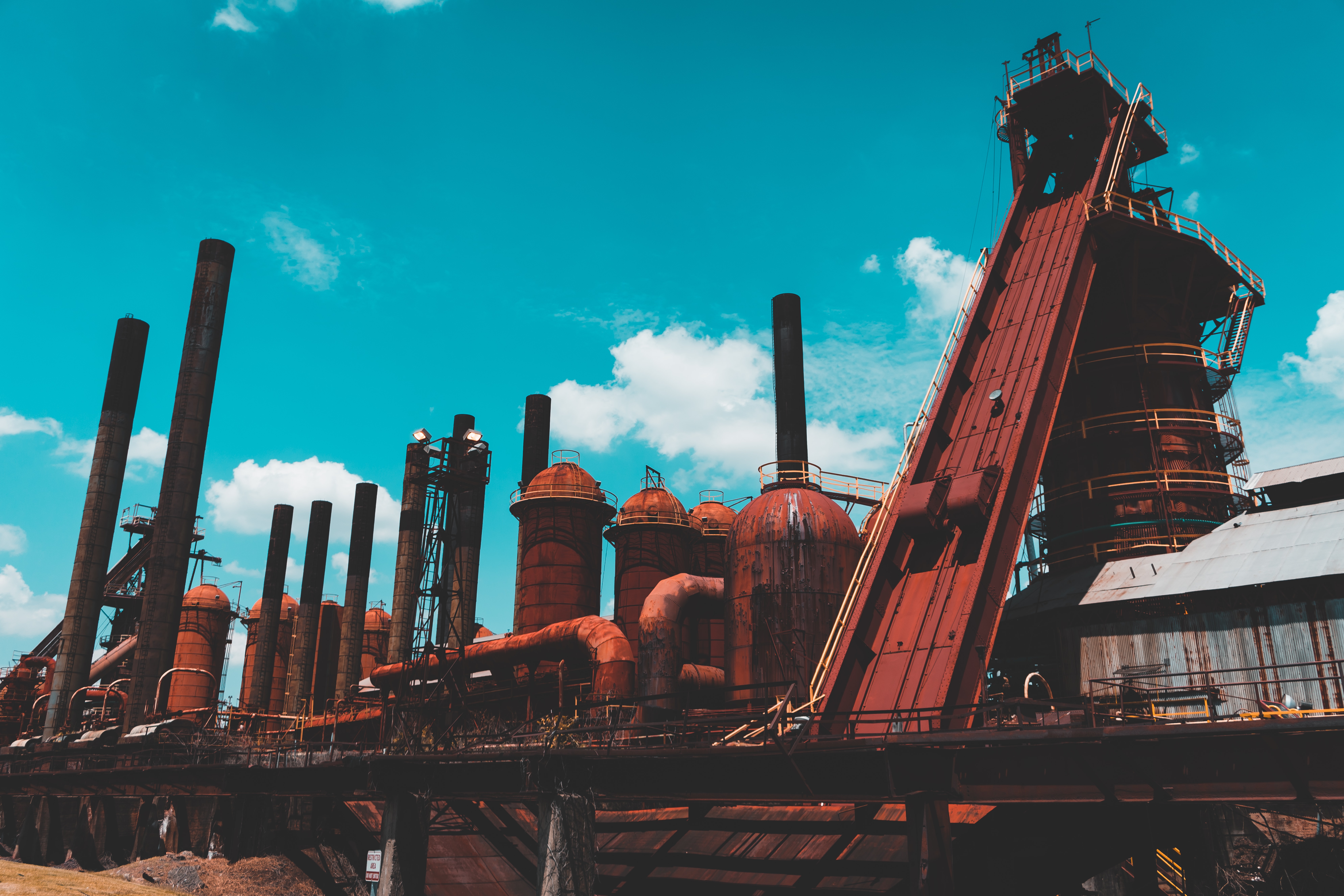Virtual reality (VR), Internet of Things (IoT), and video analytics are the technologies curtailing occupational accidents and creating a safe environment for both white and blue-collar workers at hazardous manufacturing facilities.
Have you heard about Vision Zero? It is a campaign developed by the International Social Security Association (ISSA) to improve safety, health and wellbeing at work, providing the seven golden rules:
1. Take leadership – demonstrate commitment
2. Identify hazards – control risks
3. Define targets – develop programs
4. Ensure a safe and healthy system – be well-organized
5. Ensure safety and health in machines, equipment and workplaces
6. Improve qualifications – develop competence
7. Invest in people – motivate by participation
Today, the Vision Zero principles underpin draft regulations and intensively penetrate into industrial facilities, especially via the adoption of innovative technologies. Industry 4.0 solutions are a perfect match being Vision Zero compliant by default.
The Industrial Internet of Things (IIoT) at hazardous manufacturing facilities is used to monitor both personnel actions and environment. Sensors are placed on personal protective equipment (PPE) to take temperature and pressure readings and detect movement. Digital Worker platform combines a range of video analytics, smart wearable devices, and global and local positioning solutions.
Intelligent video analytics, delivered as a platform component or stand-alone unit, leverages machine vision and neural networks. Installed throughout a facility, cameras recognize threats, identify HSE violators (e.g., employees working unprotected), and alert dispatchers in real time.
Another platform component, an 80-gram IоТ module for a smart hard hat is certified for use in explosion hazardous areas and can be installed on most hard hat models to check if employees wear PPE, identify and locate them even in case of limited visibility. A buzzing hard hat alerts a worker to dangers, and an embedded emergency button provides the fastest way to send for help. The accelerometer will detect if a hard hat wearer is hit, falling down or not moving at all, while built-in sensors capture critical environmental fluctuations.
Virtual reality is widely adopted to improve safety at manufacturing facilities and, particularly, staff professional skills in the oil and gas and petrochemistry sectors. VR/AR technologies make it possible for workers to get professional training when hands-on experience at actual technological facilities is unobtainable. For example, a virtual simulator of equipment assembly and disassembly or VR training for an emergency situation is a safe way to both exercise skills and monitor facility health and parameters in real time. Such models can also contribute to production chain optimization and evacuation plan development.
